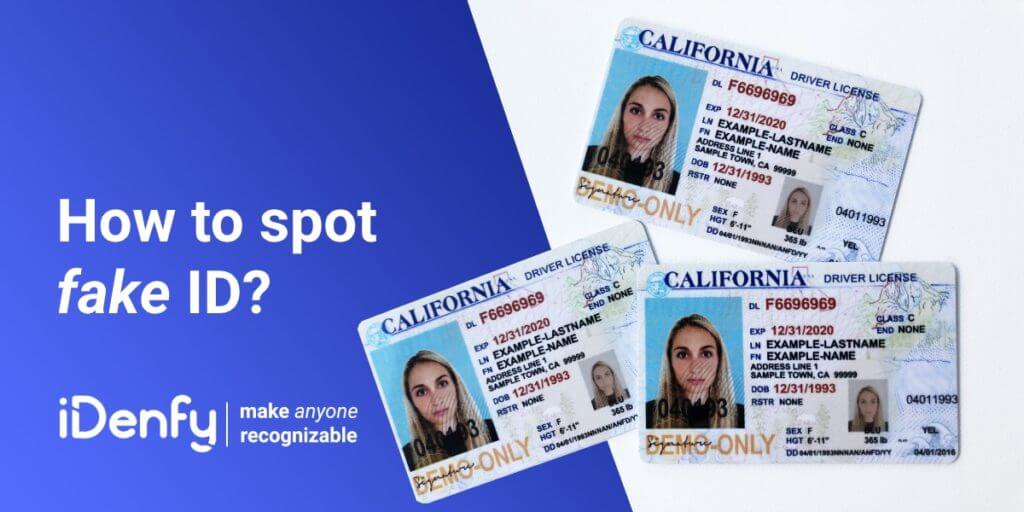Detecting Indicator of a False Id is a crucial skill for law enforcement, security personnel, and various professionals who handle identification documents. While technology has advanced in creating increasingly sophisticated fake IDs, there are still behavioral indicators that can raise suspicions. Here, we'll explore some of these indicators and how they can be distinguished from genuine identification.
One key indicator of a false ID is nervous behavior. When presented with a situation that requires identification, individuals using fake IDs may exhibit signs of nervousness such as shaky hands, fidgeting, or avoiding eye contact. This is because they understand the potential consequences of being caught with a fraudulent document, which puts them in a state of anxiety.
Another important clue is inconsistent or incorrect information. Genuine identification documents typically have consistent information across different elements. For example, the name, date of birth, and photograph should all align. In contrast, false IDs might have discrepancies in these details, which can be a red flag for an observant professional.
Unfamiliarity with the document is also a common sign of a false ID. Authentic identification documents are something individuals are intimately familiar with, as they use them in various aspects of their lives. Someone presenting a false ID may struggle to handle it confidently, indicating they are unfamiliar with the document's features.
Lack of confidence in verbal communication is often associated with individuals using false IDs. They might stumble over simple questions or appear hesitant when asked for additional information. This hesitation arises from the fear of providing inconsistent or incorrect details, which could expose the falseness of their identification.
Physical appearance discrepancies can be another giveaway. For instance, if the photograph on the ID doesn't closely resemble the individual presenting it, or if there are noticeable differences in physical features like eye color, height, or facial structure, it raises suspicions.
Inadequate knowledge about associated details is a significant clue. When questioned about the information on the ID, individuals using fake IDs might struggle to provide accurate answers. For instance, they may not know their own address, date of birth, or other details that should be readily accessible to the person the ID supposedly represents.
Tampering or alterations on the ID can be a clear sign of falsification. Scratches, smudges, or attempts to modify information can indicate that the document has been altered to deceive authorities.
To distinguish these indicators from genuine identification, professionals should employ a comprehensive approach. This includes training in identification document authentication. Understanding the security features of various IDs, such as watermarks, holograms, and special inks, is crucial for recognizing legitimate documents.
Moreover, utilizing technological tools can greatly enhance the ability to detect fake IDs. Advanced scanners and document readers are equipped with algorithms that can analyze the document's security features and cross-verify information against databases, providing an additional layer of protection against fraudulent identification.
In conclusion,
Detecting Indicator of a False Id relies on a combination of behavioral cues and technical knowledge. While nervousness, inconsistency, unfamiliarity, lack of confidence, appearance discrepancies, and inadequate knowledge are common signs of a false ID, they should be evaluated in conjunction with an understanding of genuine identification features. By combining observational skills with technological tools, professionals can effectively identify and apprehend individuals attempting to use fraudulent identification. This ensures the safety and security of various environments where identification is a critical component of access and authorization.


No comments yet